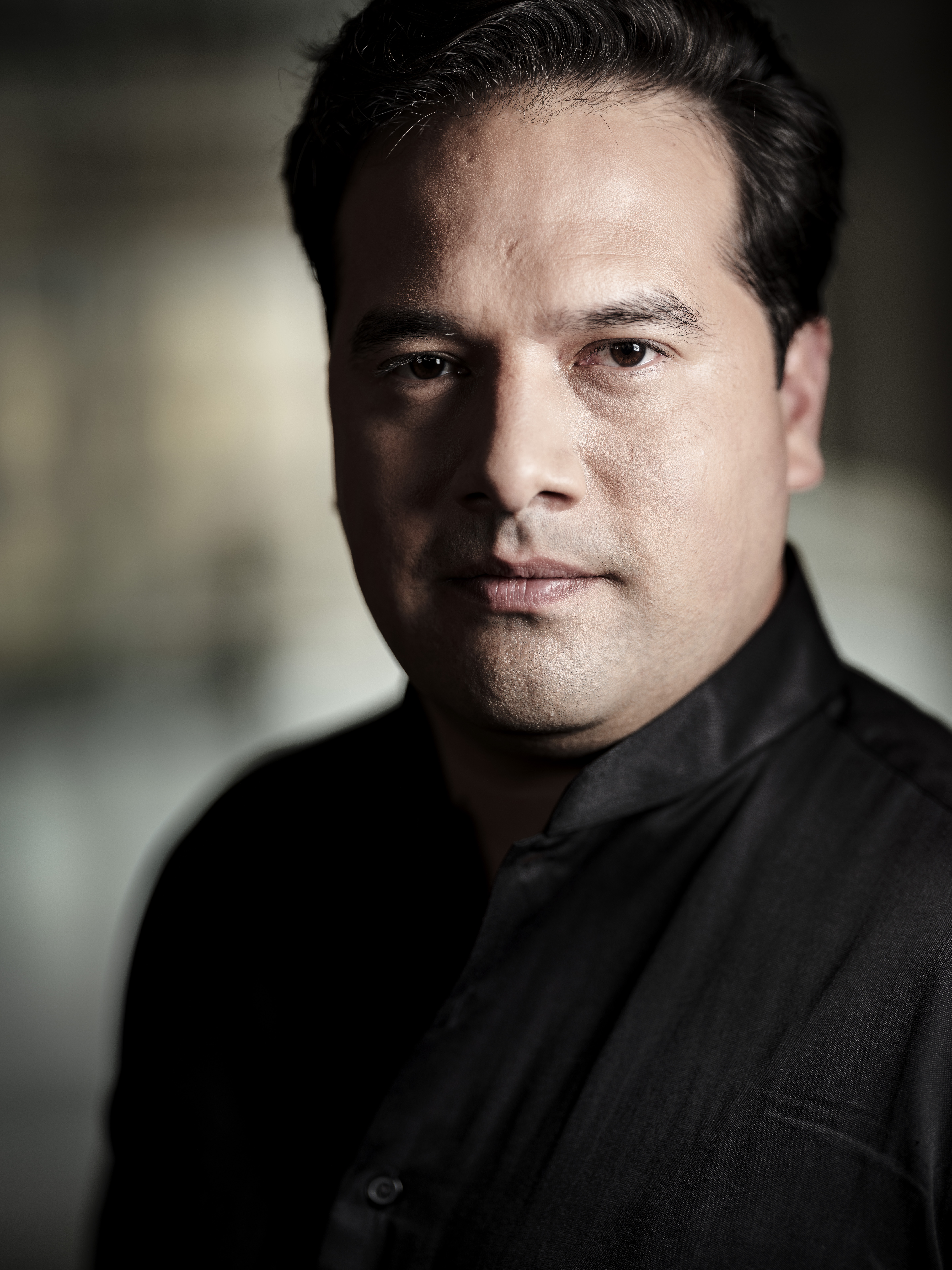Andrew Green sits down with classical music entrepreneur and social media consultant David Taylor to find out why demand for his services has exploded since the pandemic and learn how artist managers can help clients raise their online profile with a bit of social media know-how
No-one would dispute that artists’ social media provide often essential management sales tools. But whose responsibility is it to shape and drive the content — artist or artist manager?
The subject was aired at the pre-Christmas meeting of members of the International Artist Managers’ Association (IAMA) at London’s Royal Over-Seas League. Trained cellist and social media consultant David Taylor offered a presentation during which he grasped the reality that artist managers very likely haven’t the time to immerse themselves fully in the handling of their musicians’ individual accounts on platforms like TikTok, X/Twitter, Instagram, Facebook and YouTube. In most cases it should be the artists themselves who take on that role, which is where Taylor’s expertise may come into play. An intriguing presentation from him, but one begging further enquiry. Indeed, Taylor reports that a number of IAMA members swiftly got in touch to develop conversations.
Taylor won his spurs transforming the social media profile of a youth orchestra in Yorkshire. Having then set up his own consultancy, it was the Covid crisis that substantially grew the demand for his services, as individual musicians and performing organisations rushed to develop online presences. As a result, Taylor now has clients across the UK, North America and Europe. In the UK, there’s the Philharmonia Orchestra and The Sixteen.

“It’s regularly accepted that musicians will meet the expense of hiring someone to handle their PR. So why not the specific area of social media, especially when what I’m doing is empowering musicians to run this area themselves?” © Mark Castillo
The reaction to his IAMA presentation persuades Taylor that artist managers do indeed ‘worry about how to set dividing lines between what they do in social media terms and what their artists take responsibility for. That’s strange in a way, because it’s regularly accepted that musicians will meet the expense of hiring someone to handle their PR. So why not the specific area of social media, especially when what I’m doing is empowering musicians to run this area themselves without being tied into a long-term deal?’
So how can artist managers sell the idea that musicians should employ a social media consultant? Clearly, it’s a case both of emphasising the specialist skills involved… and the fact that money spent is cost-effective. The essence of Taylor’s approach is that of setting the individual musician on a course which means they eventually fly on their own. Training is delivered online either to individuals or groups. The latter option (at a lower cost) often leads to individual sessions. Subsequently, there may be review sessions whenever an artist needs them.
“A full awareness of the reach of social media could help reduce the number of sales trips a manager goes on.”
Training aims to focus on the social media presence that’s appropriate for each individual musician. ‘Together we assess what his or her natural communication style is, then lean into that,’ Taylor observes. ‘For example, one musician was keen to have a YouTube presence, yet hated the idea of being on camera or having to do video editing. It turned out this artist loved writing and photography, so we targeted those elements, concentrating on blog articles and X/Twitter. With somebody else there might be a focus on TikTok and YouTube-style content. It’s a matter of playing to strengths.
‘Yes, in some cases I’m dealing with people who are complete technological novices. I can address that. Others arrive already well-versed in social media posting… but most musicians start off a little uncertain as to what it will all mean. What I don’t tend to buy into is the idea that they lead lives which are simply too busy to embrace social media. It’s simply a matter of how they fit it into the often haphazard lives they lead. How often they post will vary from case to case… you need to be posting with a regularity that’s appropriate to each individual platform. Only adopt a regime that’s sustainable — rushing initially to post five times a week and then suffering burn-out is clearly unwise.’
Once musicians understand the right schedule for them, how do they decide on the right stuff to be posting? One approach Taylor adopts is to examine with clients the social media content out there which is clearly working for successful musicians. Equally, says Taylor, it’s a matter of analysing a client’s own existing concert profile — ‘where they’ve performed, which approaches to connecting with audiences on the platform work and which don’t… always analysing why.’

 “Together we assess what each artist’s natural communication style is, then lean into that’ ©Adobe Stock
“Together we assess what each artist’s natural communication style is, then lean into that’ ©Adobe Stock
Taylor cautions against having only one view on what counts as social media success. Rather than the number of views, it may be the ‘quality’ of those doing the viewing, or the comments or discussions which postings stimulate. Equally, success can be gauged in how artist and manager strategise together to ensure the right people are made aware of social media content. ‘For example, one element in discussions the manager has with, say, an orchestra is how your artist’s social media strategies have operated previously in collaboration with orchestras… so what can we do that fits in with your marketing strategy?
‘So it’s not a matter of the artist manager somehow being let off the hook once an artist is engaging with someone like me. The manager should always be on the front foot, up-to-date with what’s happening in an artist’s social media world. Just as one example of the benefits, perhaps a full awareness of the reach of social media could help reduce the number of sales trips a manager goes on.’ Taylor nonetheless advises artist managers show caution before critiquing a musician’s social media postings/strategy by way of an opinion. ‘It’s more a matter of indicating to the artist how this or that posting has or hasn’t helped in securing dates or enhancing an engagement. And it generally helps to affirm the positives rather than mention the negatives.’
Might an artist manager be persuaded to take on Artist A rather than Artist B on account of their social media profile? Who knows. Equally, might an artist be influenced in deciding who should win their representation on the basis of how a management conveys its social media awareness? Certainly, Taylor has been encouraged by the IAMA meeting to think more generally about the way artist managements present themselves online. Potential clients, maybe?
‘I tend to feel that often there’s not enough that’s truly individual about artist management websites and their own social media postings. A very simple example. Rather than simply post information that a concert’s happening, what about a photo showing an artist manager in the green room after the concert with the artist they represent — smiling, to convey how well things have gone. ‘There’s a tendency towards a slightly faceless corporate image with no personality. And yet very often there’ll be members of staff at all levels with fascinating characters and backgrounds who’ll come across well in social media. The Royal Opera House is really good at this, posting material featuring staff from across the organisation. All of this is about sharing. That’s the way forward… conveying your connectability.’







